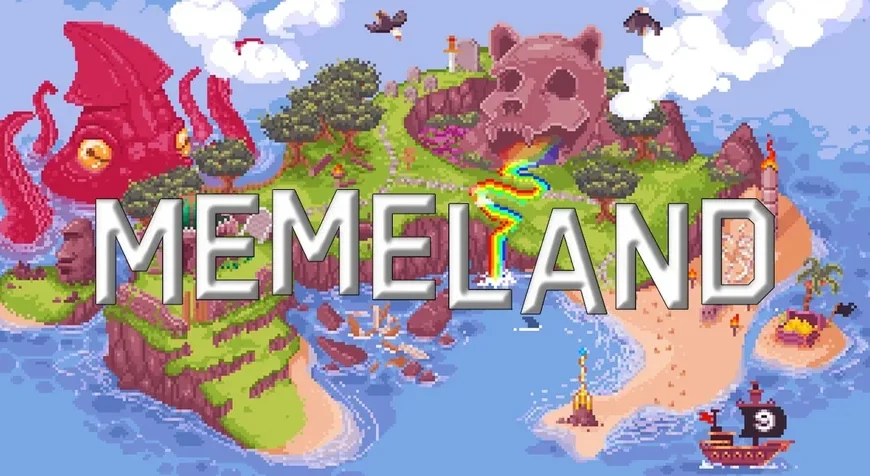
Staking is on the brink of a revolution, poised to redefine our interaction with the decentralized internet, also known as Web 3.0. Imagine a world where staking is not just a means to earn rewards but a fundamental part of how we engage with applications and platforms, shaping the very infrastructure of the internet. This blog delves into the exciting future of staking, exploring its potential to empower users and enhance digital interactions.
Table of Contents
- Staking: A Catalyst for Web 3.0
- Decentralized Identity Integration
- Cross-Platform Staking Interoperability
- Advanced Staking Models
- Emerging Trends and Predictions
- Conclusion
- FAQs
Staking: A Catalyst for Web 3.0
At its core, staking is evolving to become a powerhouse for Web 3.0. The traditional view of staking primarily as a way to generate passive income is shifting. Instead, it’s becoming a tool for users to actively participate in the growth and governance of applications. This transformation means that staking will play a crucial role in how decentralized applications (dApps) are developed and operated, allowing users to co-pilot the internet.

Decentralized Identity Integration
One of the most intriguing developments in the staking landscape is the integration of decentralized identity systems. Your digital identity may soon serve as a unique key to accessing staking rewards. This shift will eliminate the need for traditional passwords, replacing them with a secure, unique digital ID that acts as a VIP pass. This innovation promises to streamline access to platforms and bonuses, enhancing user experience while ensuring security.

Cross-Platform Staking Interoperability
Interoperability will be a game-changer in the staking ecosystem. Imagine a scenario where different blockchains communicate seamlessly, allowing users to stake across multiple platforms without barriers. This interconnectedness will create a more efficient and robust staking environment, fostering collaboration and innovation across the blockchain landscape.

Advanced Staking Models
The conversation around staking is also evolving to include advanced models that blend proof of work (PoW) and proof of stake (PoS). These hybrid approaches could bring about new regulatory frameworks, offering clearer guidelines on rewards, taxes, and user rights. The potential for such models to enhance efficiency and security in staking practices is immense, pointing towards a more structured and user-friendly staking environment.

Emerging Trends and Predictions
As we look ahead, several trends are emerging that could shape the future of staking:
- Decentralized Applications (dApps): The rise of dApps will necessitate new staking mechanisms that empower users and developers alike.
- Improved User Experience: Innovations in digital identity and interoperability will make staking more accessible and rewarding.
- Regulatory Clarity: As staking models evolve, clearer regulations will help protect users and encourage participation.
Conclusion
The future of staking is bright, with transformative changes on the horizon. As we embrace Web 3.0, staking will not only be a method for earning rewards but a vital component of our digital identities and interactions. The integration of decentralized identities, cross-platform interoperability, and advanced staking models heralds a new era of engagement in the blockchain space.
FAQs
- What is staking? Staking is the process of participating in the proof-of-stake (PoS) consensus mechanism by locking up a certain amount of cryptocurrency to support network operations, often in exchange for rewards.
- How will decentralized identity impact staking? Decentralized identity will allow users to access staking rewards using a secure digital ID, improving security and user experience.
- What are advanced staking models? Advanced staking models may combine elements of both proof of work and proof of stake, leading to more efficient and secure staking practices.
- What does cross-platform staking mean? Cross-platform staking refers to the ability to stake across different blockchains, enhancing efficiency and connectivity within the staking ecosystem.

![Unlocking the Power of Fan Tokens: A Step-by-Step Guide [Part 1]](https://coinqlo.com/wp-content/uploads/2024/12/Depositphotos_503743464_L-870x570.jpg)
![Creating Your Own Fan Token: A Step-by-Step Guide [Part 2]](https://coinqlo.com/wp-content/uploads/2024/12/0a6e2bc8-7679-4f96-8e43-ff7dfa1eca25-870x570.png)